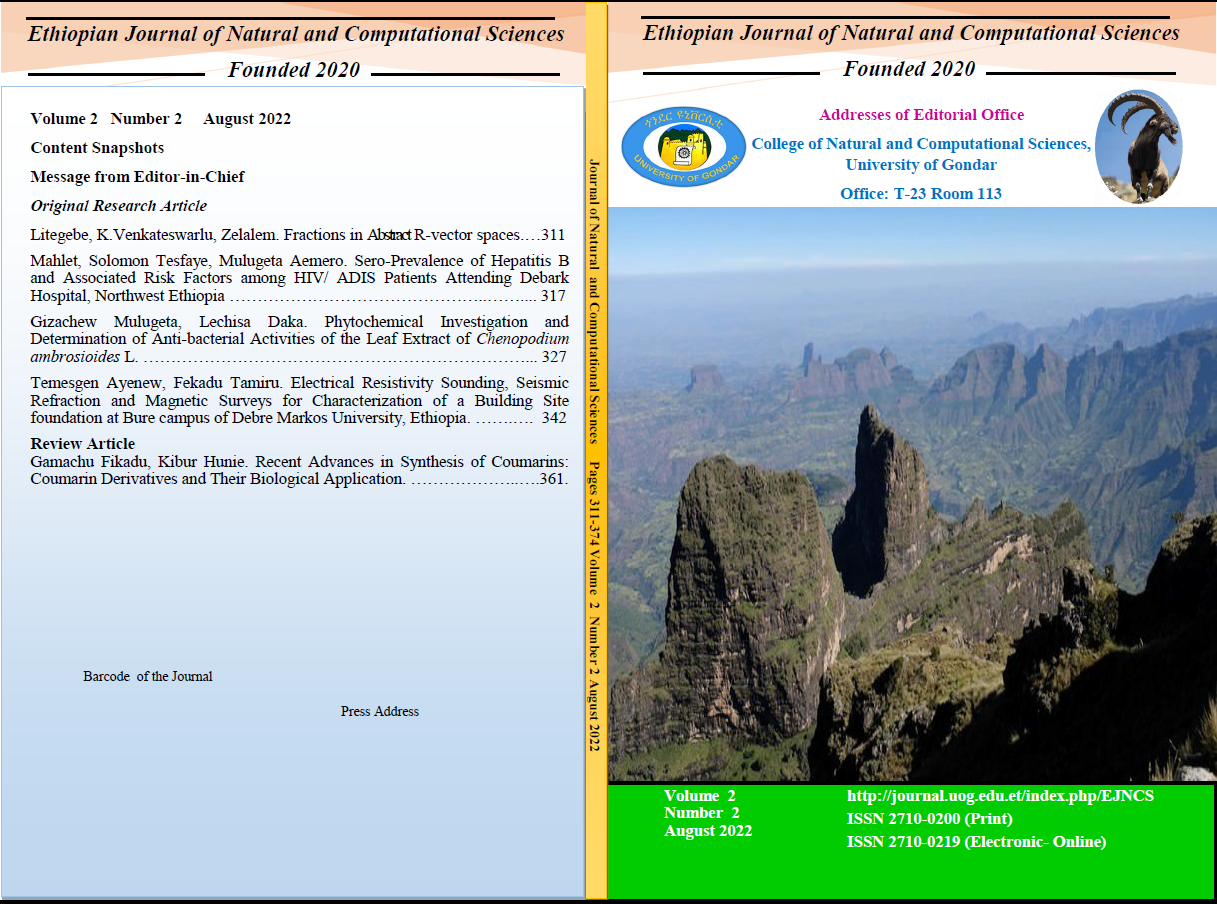Recent Advances in Synthesis of Coumarins: Coumarin Derivatives and Their Biological Application
Keywords:
Coumarin, synthesis; coumarin derivatives; conventional method, nonconventional methodAbstract
Coumarin was first extracted from Tonka bean by Vogel in 1820. Coumarin and its derivatives are important groups of compounds due to their medicinal and pharmacological properties. These compounds have a significant role in the development of new drugs. Many different conventional methods and non-conventional methods have been developed to synthesize coumarin derivatives. The objective of this review paper is to present the various methods of coumarin synthesis, both conventional and green synthesis. Techniques such as heating, microwave, and ultrasound irradiation were employed. Moreover, various solvents and catalysts were employed to obtain better yields. The present review revealed that the conventional methods are time-consuming, environmentally polluting, and lower in yield whereas the green synthesis of coumarin derivatives is better in yield, environmentally eco-friendly, and rapid. This review summarized several conventional methods, non-conventional methods and reaction conditions for the synthesis of coumarin derivatives from various precursors such as aldehydes, carboxylic acids, ketones and phenols. Literature collection was conducted using various search engines.

